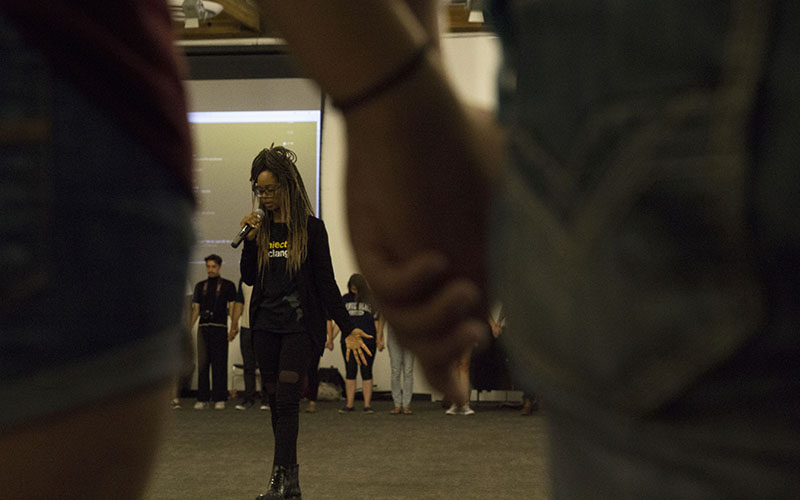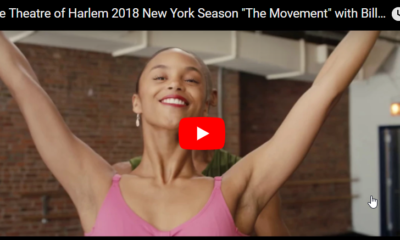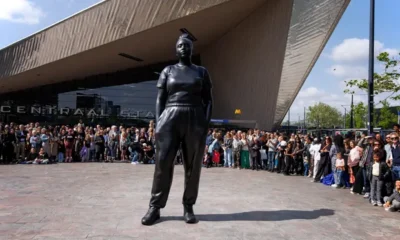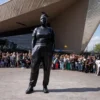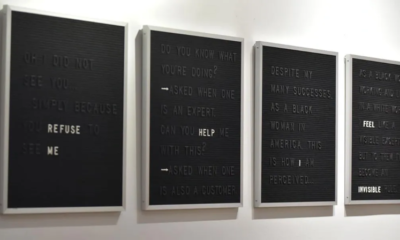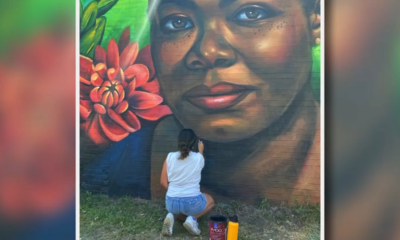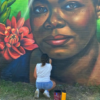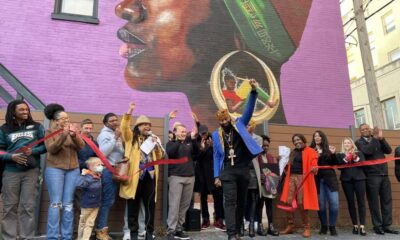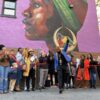Black Women in Arts
Choreographer shows power of street dance activism
Dance has long been considered a physical form of socialization and fun.
What was expected to be a crowd of 100 people quickly turned into more than 200, as a line stretched outside the A.E. England Auditorium on the Arizona State University downtown campus. A feeling of excitement and electricity could be felt inside the packed auditorium, as attendees awaited to hear from Shamell Bell, a renowned choreographer and one of the core founders of the Black Lives Matter network.
Professor Mathew Sandoval, a close friend of Bell’s, introduced her.
In a half-dance, half-walk, Bell came up to the stage as the audience clapped and shouted in eager anticipation.
Before starting the lecture portion, or ‘radicalized dialogue’ as Belle called it, some ground rules were set.
“I’m not saying that by us doing street dance activism, that we are doing a better form of protest because we’re dancing,” she said. “I don’t want this to be sexy to y’all. I want you to know that we need all types of disruption.”
People responded by clapping and snapping their fingers in agreement.
Bell shared personal anecdotes and videos during the lecture, providing the audience with a brief history of street dance activism, and shared that she was moved to start it after Trayvon Martin’s shooter, George Zimmerman, was allowed to walk free.
In an interview with Cronkite News, Bell shared the importance of participants understanding the history of the movement.
“I tell the background of it because I think it’s really important to have conversations around appropriating,” said Bell, referring specifically to cultural appropriation.
Back in the auditorium, Bell asked the audience to join her in a special chant she referred to as “Assata’s chant.”
“It is our duty to fight for freedom. It is our duty to win. We must love and protect one another. We have nothing to lose but our chains.”
During a short intermission, chairs were quickly moved to the side, opening up the room for the most …
Please read original article- Choreographer shows power of street dance activism



